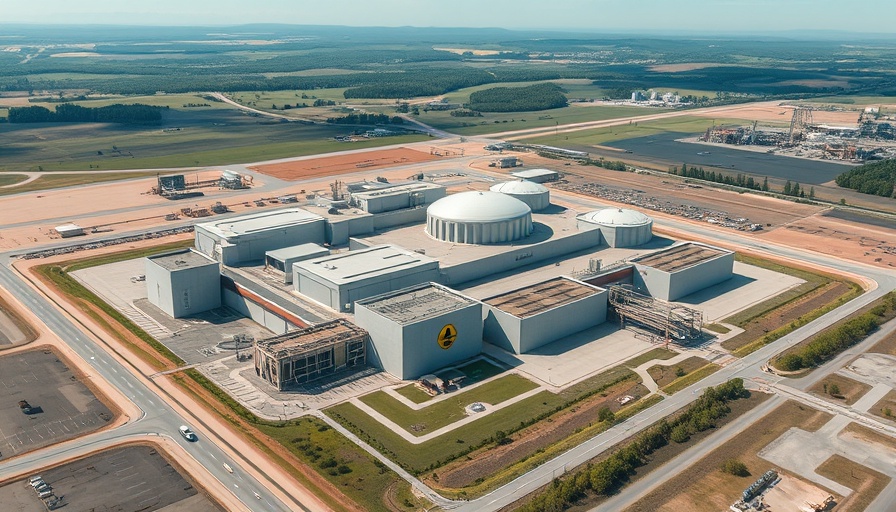
The Future of Nuclear Waste Storage: A Pivotal Court Decision
As the iconic U.S. Supreme Court stands poised to make a crucial decision regarding nuclear waste storage, the stakes have never been higher. The justices have entered a long-standing debate over how to handle an increasing mountain of nuclear waste generated from energy production across the nation. At the heart of this contentious issue are plans to temporarily store nuclear waste in rural Texas and New Mexico, despite heightened concerns surrounding safety and effective long-term solutions.
Unresolved Dilemmas and Complicated Politics
The case under deliberation stems from a challenge issued by the Nuclear Regulatory Commission (NRC) and a private company seeking to store spent nuclear fuel rods in the Permian Basin of Texas, a region already saturated with oil and gas infrastructure. Despite the NRC's license granted to Interim Storage Partners for a facility that could potentially house up to 5,000 metric tons of radioactive material, significant opposition persists. State officials, including Texas Governor Greg Abbott and New Mexico Governor Michelle Lujan Grisham, have raised red flags regarding safety protocols, reflecting a bipartisan consensus against these projects.
New Short-Term Solutions, Old Long-Term Problems
The Supreme Court's hearings raised vital questions about the federal government's authority to issue licenses for the temporary storage of nuclear waste. Furthermore, the justices expressed skepticism over designations of "temporary" storage, especially when licenses can last for 40 years and extend beyond that. Justice Neil Gorsuch notably questioned the wisdom of storing nuclear waste in an area renowned for its oil and gas production. Despite the NRC's assertions that centralized storage could increase security, many argue that these measures inadequately address more profound issues regarding the permanent storage of nuclear waste.
The Cost of Inaction: A Growing Mountain of Waste
With approximately 100,000 tons of spent nuclear fuel currently accumulating at various sites across the country, the urgency for a long-term solution is palpable. The U.S Energy Information Administration projects an increase of approximately 2,000 tons of waste annually, compounding an already perplexing dilemma. The intended permanent repository at Yucca Mountain in Nevada has been stalled indefinitely, prompting questions about the federal government’s capability to manage nuclear waste responsibly.
Political Undertones Influencing Judicial Decisions
The political implications of the Supreme Court’s decision cannot be overstated. With nuclear waste storage becoming a focal point of state and federal tensions, the justices must weigh not only legal precedents but also public opinion, safety concerns, and the credibility of federal regulatory bodies. The evolving landscape of U.S. nuclear policy hinges on the Supreme Court's ruling, as this case could pave the way for how the nation addresses its nuclear waste problem for generations to come.
Future Outlook: What Can We Expect?
As we anticipate a ruling later this summer, it becomes increasingly clear that effective nuclear waste management warrants a comprehensive approach from multiple stakeholders. Whether the Supreme Court upholds or overturns the previous ruling, the outcome will undoubtedly ignite further discussions on the need for definitive national policies and bipartisan collaboration on nuclear safety.
With the future of nuclear waste storage looming large, how the nation navigates this challenge could significantly reshape the landscape of energy production and environmental safety in America.
The collective future of nuclear energy hinges not just on technology, but on our ability to confront the political realities surrounding nuclear waste. Engaging in informed discussions now may prevent future generations from grappling with an ever-growing nuclear legacy.
 Add Element
Add Element  Add Row
Add Row 



 Add Row
Add Row  Add
Add 


Write A Comment